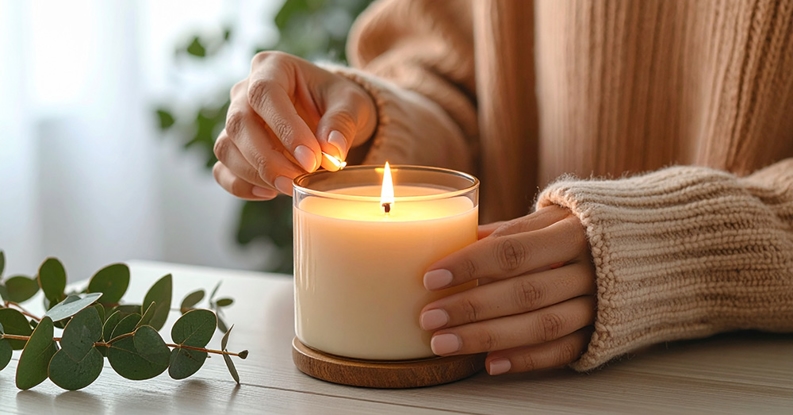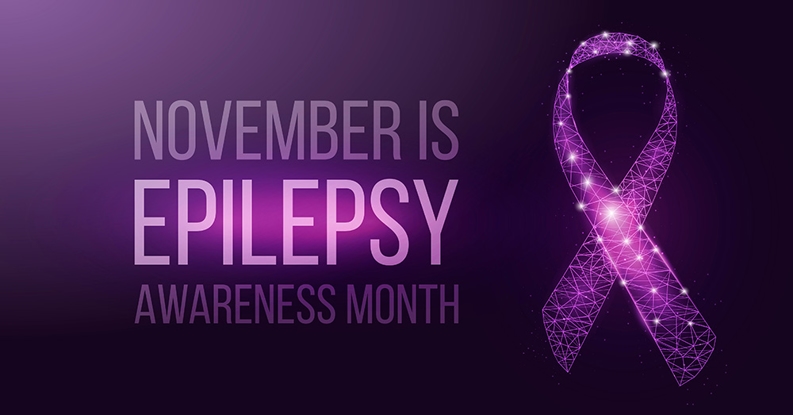What Is Earthing, and Does It Actually Help Your Health?
- Category: Southwest General Medical Group, Behavioral Health, Women's Health, General Health, Family Medicine, Cancer Care, Heart & Vascular Care, Men's Health
- Posted On:

The Environmental Protection Agency reports that Americans spend 90 percent of their time indoors. With so little time spent outdoors, could we be losing out on real health benefits?
Supporters of earthing, also known as grounding, think that activities such as walking barefoot on grass or digging our hands into the soil can help us feel better. But is this just another wellness fad, or is there actual science behind it?
Earthing: What is it?
Earthing is the practice of making direct physical contact with the Earth's surface. The idea is that the Earth carries a natural electrical charge, and by connecting with it, we absorb energy that can improve our health.
Advocates of earthing believe this connection can neutralize free radicals, unstable molecules that can contribute to inflammation and cell damage. By reducing their effects, earthing may promote better health and well-being.
The Benefits of Earthing
While more scientific research on earthing is needed, advocates and some studies suggest that earthing may:
- Help reduce inflammation, providing relief for chronic conditions such as arthritis
- Improve sleep quality by balancing circadian rhythms and reducing cortisol levels
- Decrease levels of anxiety and depression by regulating the nervous system
- Boost energy levels and reduce fatigue
- Enhance blood circulation, supporting heart health and overall vitality
- Boost the immune system’s effectiveness
- Reduce swelling and promote faster recovery from injuries by improving circulation and decreasing inflammation
How to Practice Earthing
One of the best things about earthing is how easy it is. You don’t need any special equipment; only a willingness to spend time outdoors. Here are a few ways you can take part in earthing:
- Walk barefoot, sit or lie on natural surfaces such as grass, soil or sand.
- Swim in a natural body of water; it can be a great way to connect with the Earth’s natural energy through the water.
- Garden, and put your hands in the soil.
Cautions and Considerations
While earthing is generally regarded as safe, there are several precautions to consider:
- Walking barefoot outdoors can expose you to hazards such as sharp objects and infections.
- When swimming in natural bodies of water, it’s essential to be aware of water quality and potential safety risks, such as currents.
- You may come across pollen, insects or other allergens while practicing grounding.
- Earthing should not be considered a substitute for medical care. While it may provide certain health benefits, it is important to talk to your healthcare provider if you have any health concerns or conditions.
Final Thoughts
While further research is necessary to fully understand the effects of earthing, this simple practice offers a natural, low-risk way to reconnect with nature and maybe even improve your health. Whether it becomes part of your routine or just an occasional wellness reset, taking a moment to touch grass might be just what your body and mind need.



